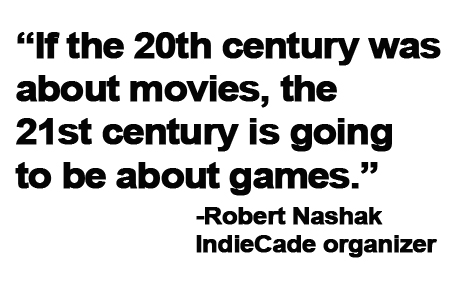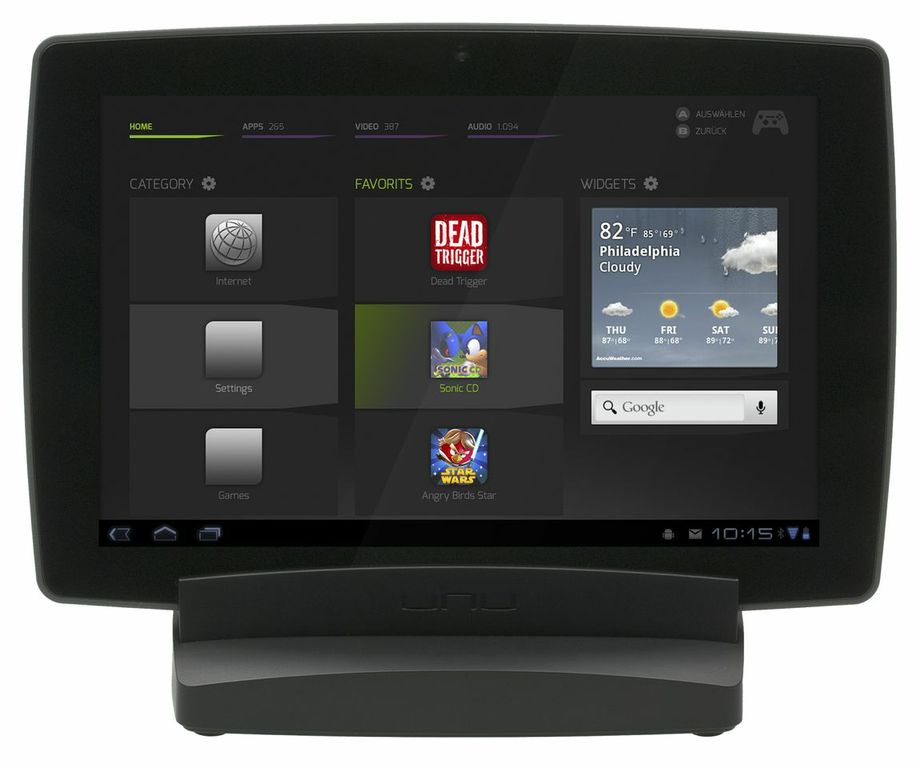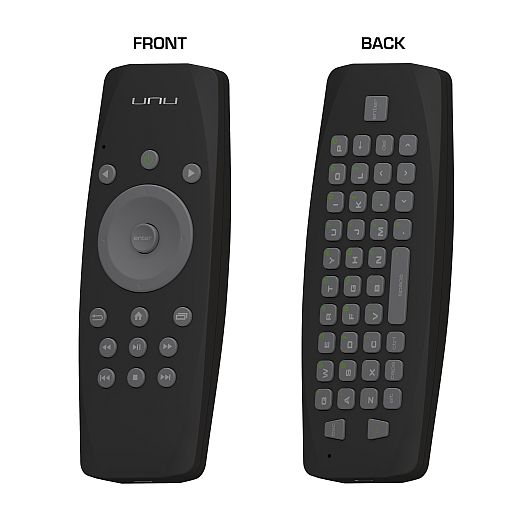Recently Nintendo released two key bits of information about its future. The first was that production of the Wii in Japan is halting, and the second is that Donkey Kong Country: Tropical Freeze will be delayed into February of 2014 from its original December 2013 ship date. Now, it’s true the Wii is still being produced for other regions, and that a couple of months delay for a game is hardly unusual. Still, these are disturbing signs that all is not well with Nintendo, and it may be time to look to more daring solutions than just releasing hardware in a new color.
The hardware situation for Nintendo is not encouraging. The Wii U has fallen flat since the initial flurry of enthusiasm, and sales have yet to reach significant levels even with the price cut to $299. The Wii is slowing down so much that Nintendo is giving up on it in Japan, and other regions are probably not far behind. Most households now have an HDTV, and they want a console that gives them HD graphics.
The 3DS is a bright spot, but with every month the pressure on it from smartphones and tablets increases. Take a look at a typical smartphone screen, and compare it side-by-side to a 3DS. Even with revered brands from the past, the 3DS is just not competitive on a hardware level.
The Wii U is suffering in comparison to not just the PS4 and the Xbox One, which are obviously capable of far better graphics and have dozens of titles coming, but even to the PS3 and the Xbox 360. Looking at a PS3 or an Xbox 360 and the titles available this holiday for them, the average consumer will easily choose them over a Wii U — and save some money in the bargain. How can Nintendo regain an edge
Here’s where it’s time to think outside the box somewhat, as Nintendo just did with the 2DS. This hardware plays all 3DS titles, yet reduces the price by eliminating the 3D screen and saving money on hinges. Essentially, Nintendo is admitting that the 3D display screen of the 3DS, the very reason it bears that name, is not a particular selling point. Most players keep the 3D switch off and never even think about turning it on any more. Wisely, Nintendo is offering the 2DS at $129, and most observers expect it to be a big hit this holiday season by offering great 3DS software at a more reasonable price.
The Wii U is expensive primarily because of the Gamepad, the attempt by Nintendo to co-opt the growing desire for tablets. Yet the Gamepad, considered as a tablet, isn’t very good. It has a low-resolution screen, poor touch capability, and it’s not even self-contained — you have to have the base unit of the Wii U close by and turned on. Nintendo thought the Gamepad would bring unique gameplay opportunities to the Wii U, yet both Microsoft and Sony have gone Nintendo one better by allowing easy access to their new consoles by any tablet or smartphone owner. That’s pretty much everybody these days, at least everyone who might buy a game console. If I can use the high-resolution, powerful tablet I already own with a PS4 or an Xbox One game, why would I find the Wii U’s Gamepad compelling?

Here’s the solution for Nintendo: Pull a 2DS with the Wii U. Eliminate the expensive Gamepad controller and the Wii U becomes an inexpensive console, easily capable of being sold at a profit for $199 or perhaps even $149. With the right software support, Nintendo could easily handle use of tablets and smartphones as Gamepad controllers. Sure, they would lack the buttons of the Gamepad, but Nintendo could sell the Gamepad separately. There would still be the Deluxe Edition of the Wii U on sale, as well. (While they’re at it, Nintendo might want to boost the horsepower of the CPU to make even better games possible.)
Even sneakier, Nintendo could allow you to play those Wii U games on your smartphone or tablet remotely, just like you can play Wii U games with a Gamepad in another room. (Yes, it would be nice to play at any distance, but lag would make that impractical.) This means the Wii U Essential edition would be very competitive against both old and new consoles from Sony and Microsoft. Nintendo could finally offer HD graphics at a very competitive price, on par with (or, it should be, less than) the PS3 and Xbox 360. The price-performance equation would now be better than Sony and Microsoft, not worse.
However, even this radical re-invention of Nintendo’s hardware couldn’t possibly succeed unless Nintendo can get its act together with important software releases. The delay of DKC: Tropical Freeze is only two months, but it’s the most important time of the year. This will likely cost Nintendo some serious Wii U sales over Christmas, and make it that much harder for the Wii U to get some momentum.
Nintendo’s major software releases have been getting fewer and farther between, and that’s exactly the opposite of what the company needs to have happen. So far, the biggest titles for the Wii U has been Pikmin 3, and perhaps now Wind Waker HD. That’s only two in almost a year’s time. We do have more system exclusives to look forward to: Super Mario 3D World, Mario Kart 8, Super Smash Bros. The quality of the hardware and its pricing isn’t as important as the quality and frequency of the game releases. Whatever hardware strategy Nintendo adopts, it needs to have a reliable schedule of key exclusive games appearing to make that hardware successful.
Nintendo can survive hardware that’s not great — just look back at the GameCube. After a while Nintendo realized that the console wasn’t getting traction, and so they created the Wii to overhwelming success. If Nintendo doesn’t want to try the cost-reduced Wii U strategy, it will probably just introduce a new console somewhat sooner than it otherwise would have.
In either case, though, Nintendo has to prioritize getting its top game franchises out on a regular basis. Gamers aren’t going to buy a console without believing there will be at least one or two must-have software titles coming every quarter. Without third-party support, Nintendo has to make that happen with internal development. Nintendo should unleash some of its massive cash stockpile, and some proven management talent, to make that happen. If there’s not a first-class release schedule that people can depend on, the company is in serious trouble for the future.







